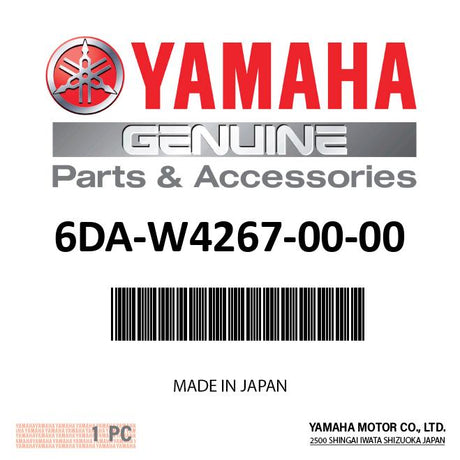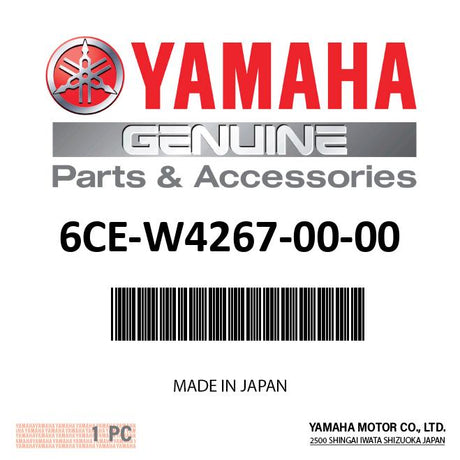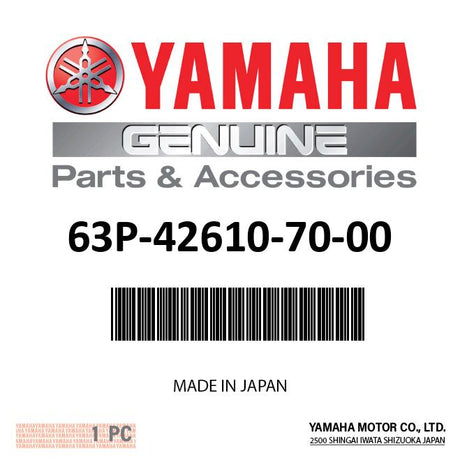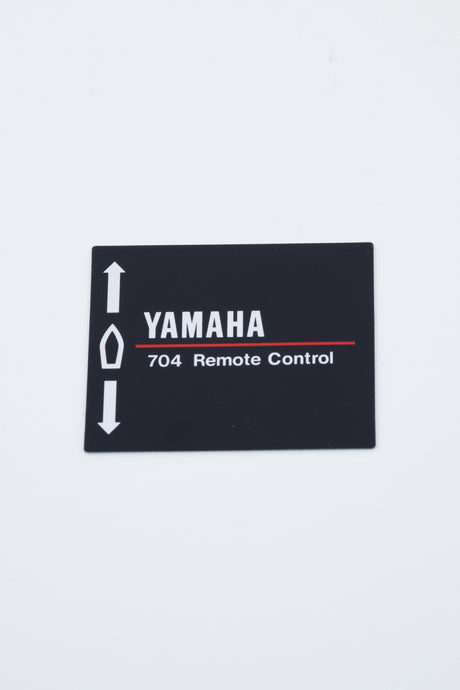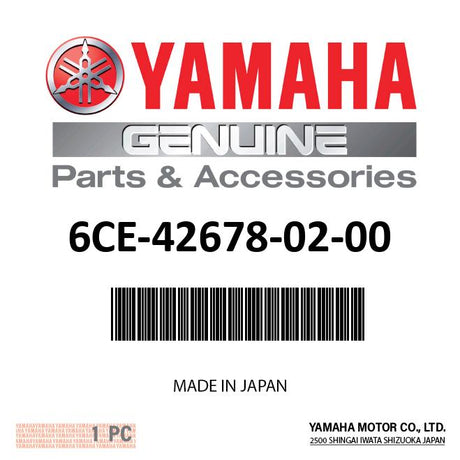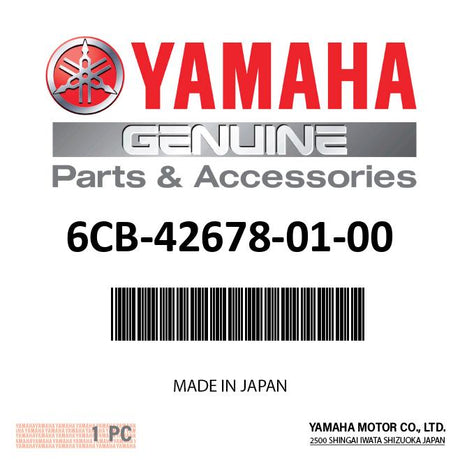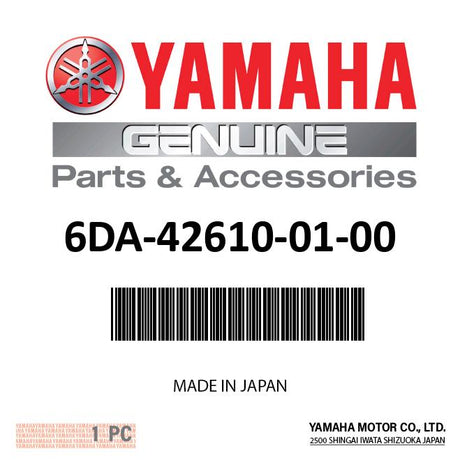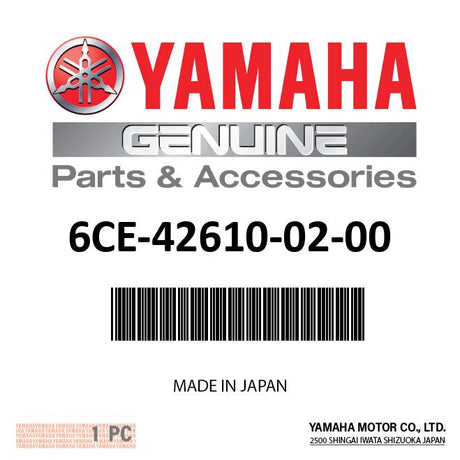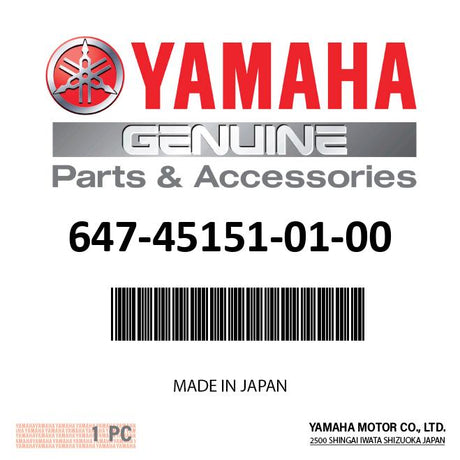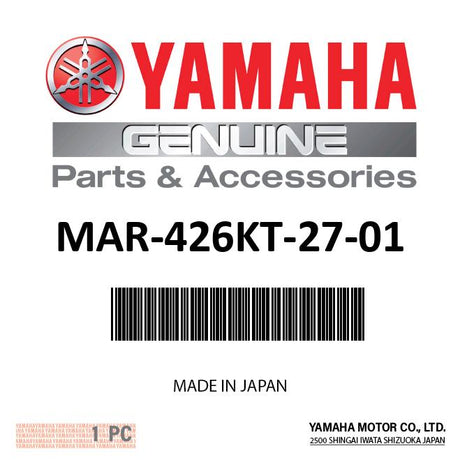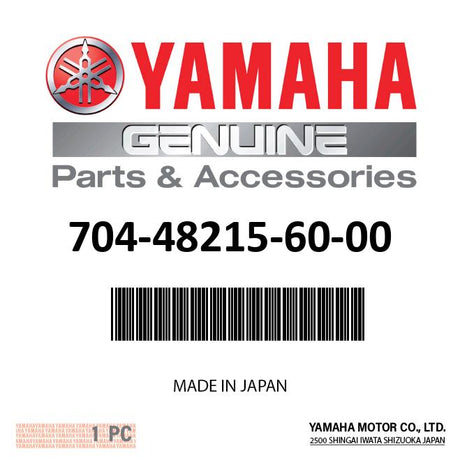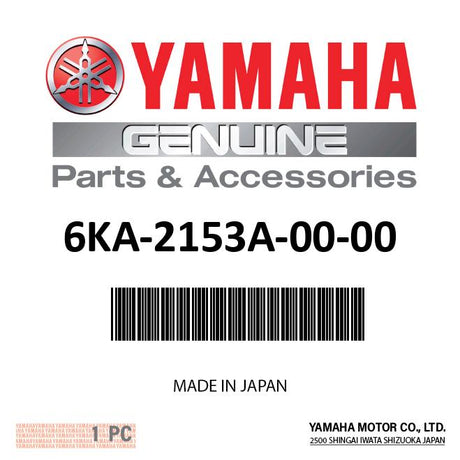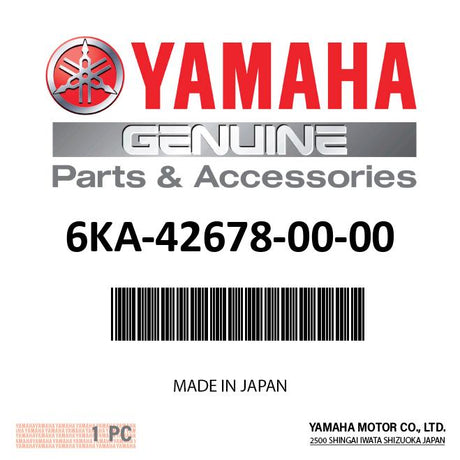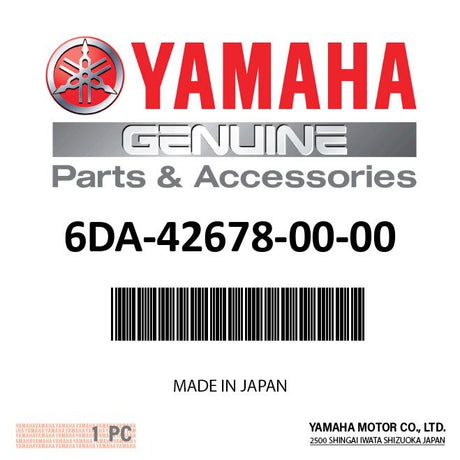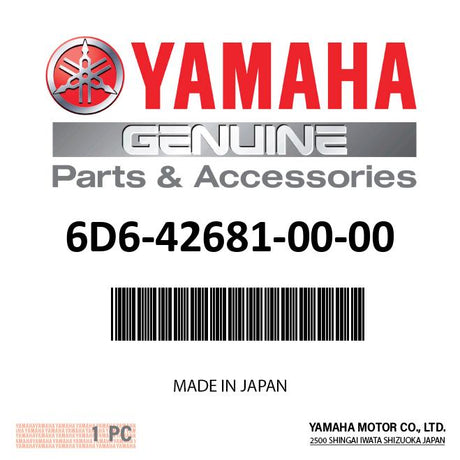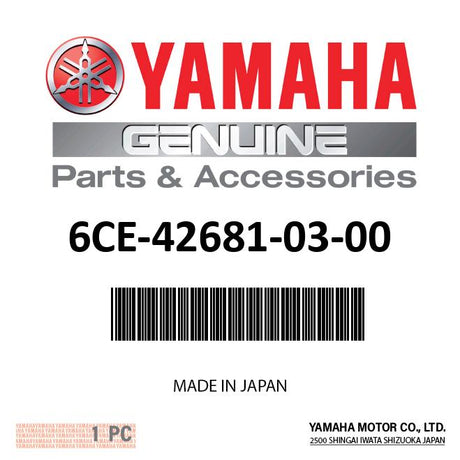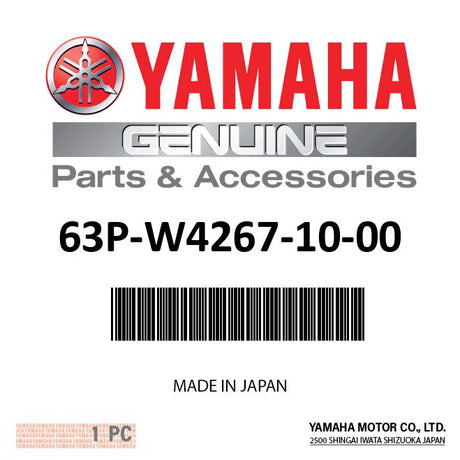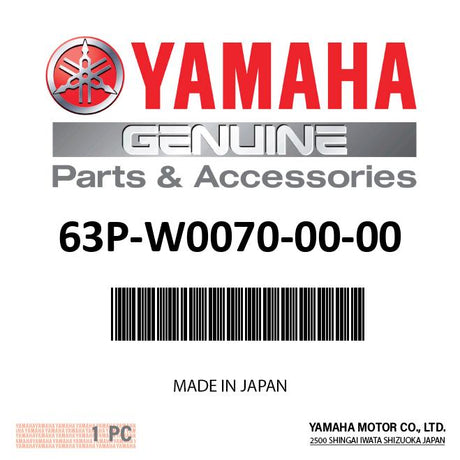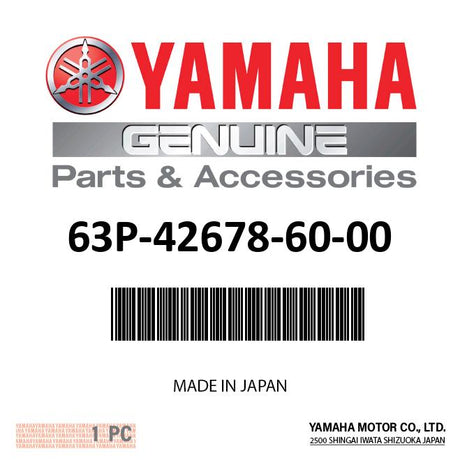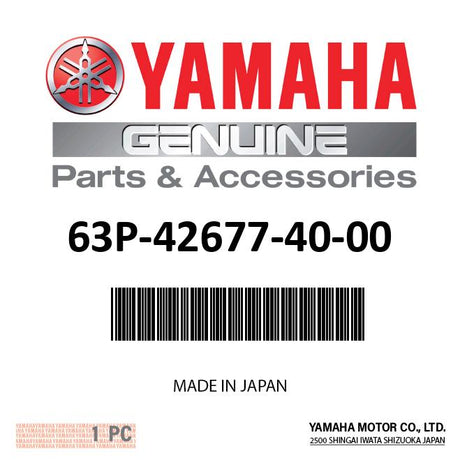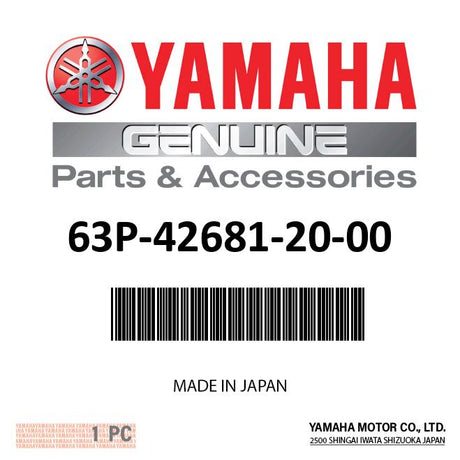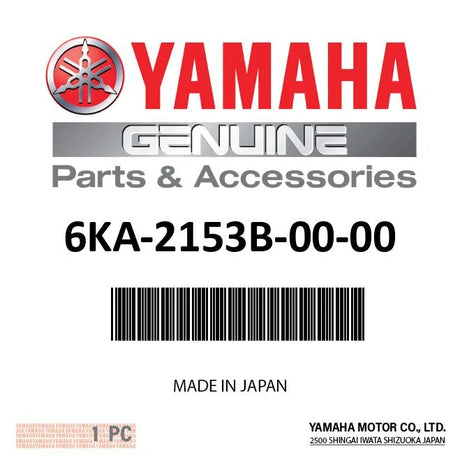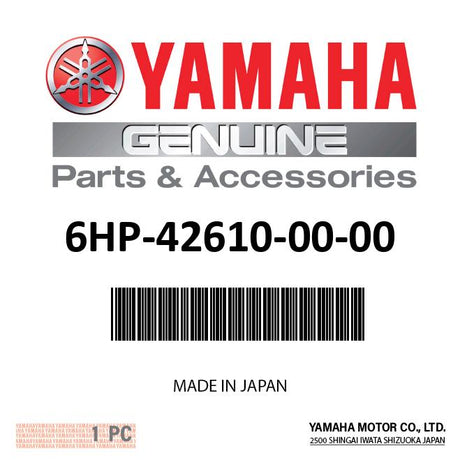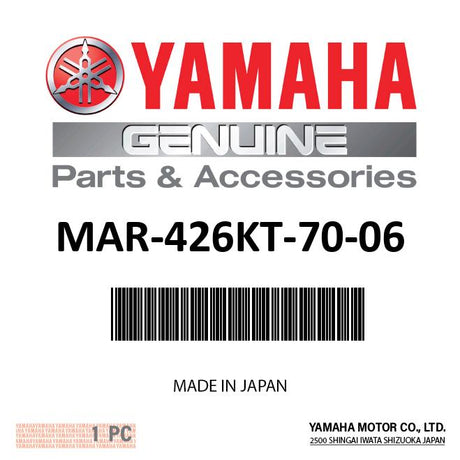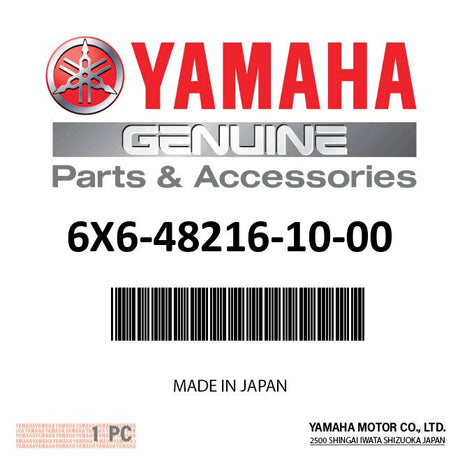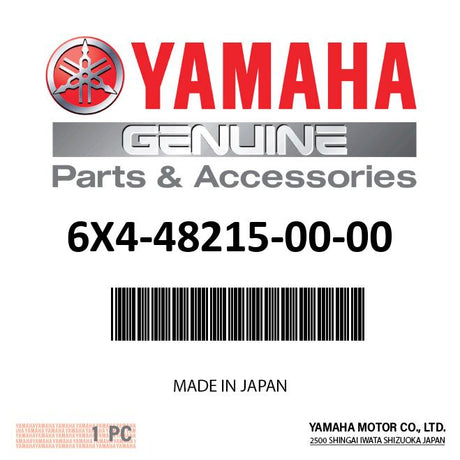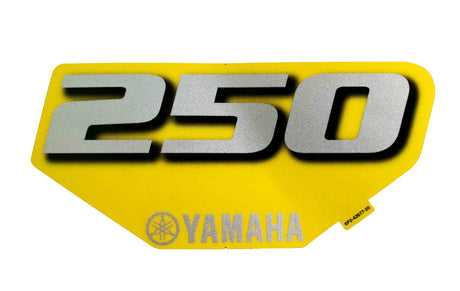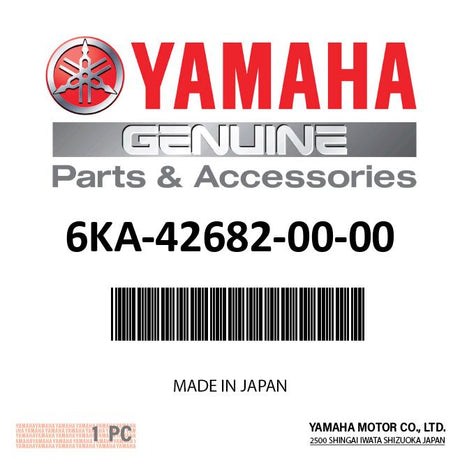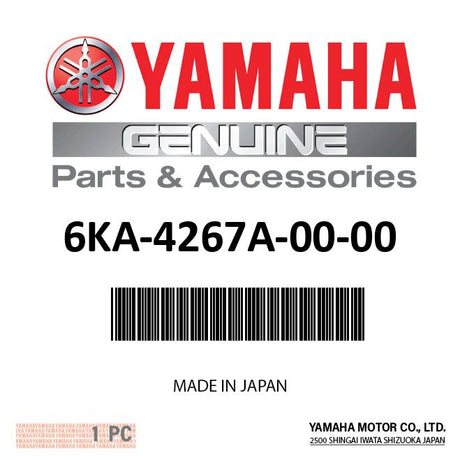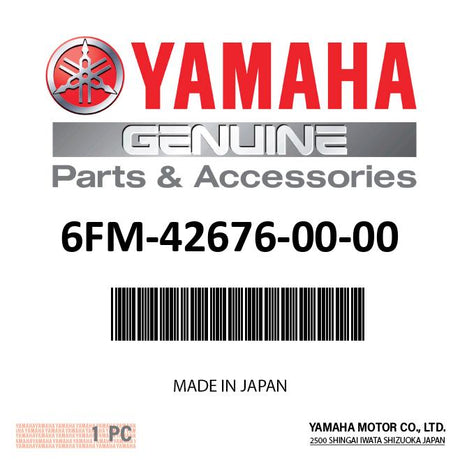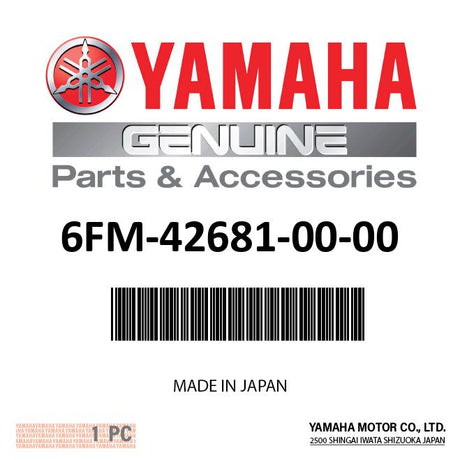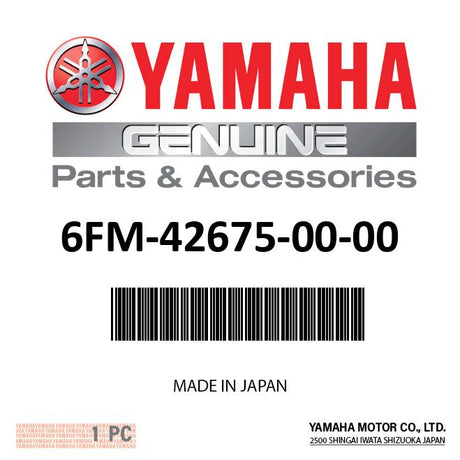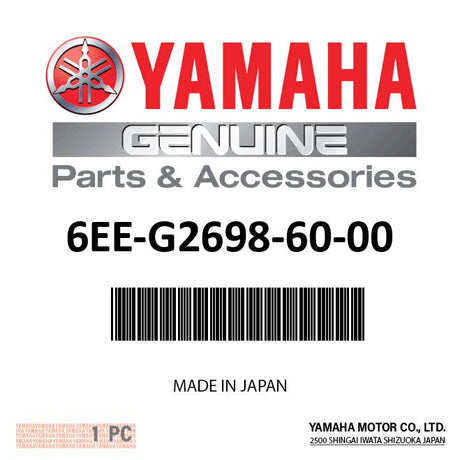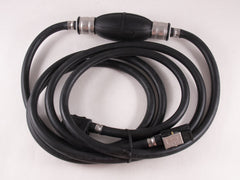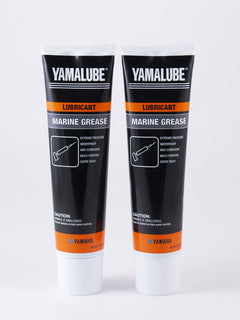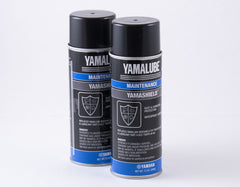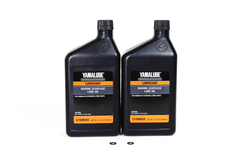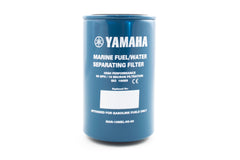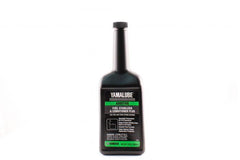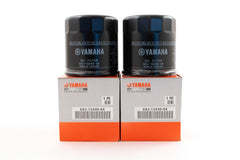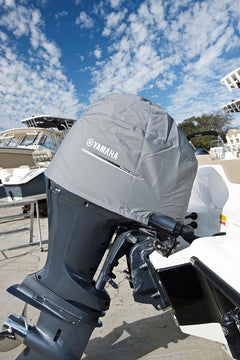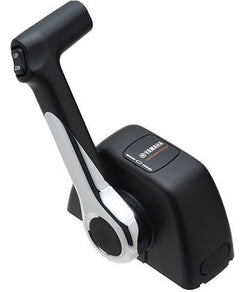All Categories
Yamaha
Yamaha 6DA-W4267-00-00 - Graphic set, top cowling
$199.66 USD$217.55 USDUnit price /UnavailableYamaha
Yamaha 6CE-W4267-00-00 - Top cowling grapic set, f300b
$246.44 USD$268.55 USDUnit price /UnavailableYamaha
Yamaha 63P-42610-70-00 - Top cowling assy
$1,706.30 USD$1,753.20 USDUnit price /UnavailableYamaha
Yamaha 6DA-42610-01-00 - Top cowling assy
$1,937.16 USD$1,990.40 USDUnit price /UnavailableYamaha
Yamaha 6CE-42610-02-00 - Top cowling assy
$2,692.26 USD$2,766.35 USDUnit price /UnavailableYamaha
$78.00 USD$88.00 USDUnit price /UnavailableYamaha
Yamaha 63P-W4267-10-00 - Top Cowling Graphic Set
$180.62 USD$196.85 USDUnit price /UnavailableYamaha
Yamaha 6HP-42610-00-00 - Top cowling assy
$1,412.07 USD$1,450.85 USDUnit price /UnavailableYamaha
$78.00 USD$88.00 USDUnit price /Unavailable
Yamaha Outboard Cowling Graphics, Emblems, & Labels
Your Yamaha outboard deserves to look as great as it performs. With our premium Yamaha outboard cowling graphics, emblems, and labels, you can restore or enhance your motor’s appearance with ease – whether for restoration or custom styling.
These genuine Yamaha decals aren’t just cosmetic. They provide essential details like model identification, engine specs, and safety labels – making them functional as well as stylish. Whether you're replacing a faded logo or upgrading your engine's aesthetic with a full Yamaha outboard decal kit, YamahaOnlineParts.com has what you need.
Looking to replace worn-out Yamaha decals? Need a cowling graphic that matches your exact year and model? We stock factory-matched Yamaha outboard sticker kits and individual emblems designed to OEM spec – perfect for restoring that fresh-from-the-factory look.
Choose from our full lineup of Yamaha outboard cowling graphics, trim emblems, horsepower decals, and safety labels. Whether you're fixing up a 4-stroke or 2-stroke engine, you’ll find decals that are UV-resistant, durable in saltwater, and built to handle extreme marine environments.
From DIY repairs to showroom-ready refurbishing, these Yamaha outboard decals help you maintain brand integrity, resale value, and overall pride of ownership. Need help finding the right Yamaha OEM parts and accessories? Take a look at our blog or check out our helpful Yamaha outboard engine schematics.
What’s included in OEM “sticker kits”
Most Yamaha cowling kits include model-correct side panels, horsepower identifiers, placement guides (on backing), and UV-stable adhesives designed for marine exposure. Individual safety labels and emblems are also available separately for year/model corrections.
Year/model fit check
For best results, match by model code + year range (and colorway); Yamaha changed layouts and palettes across generations.
Practical, step-by-step: Remove & apply
How to remove old decals (cleanly)
- Warm the decal with a heat gun or hair dryer on low to soften adhesive.
- Lift & peel slowly at a shallow angle; avoid gouging gelcoat/paint.
- Adhesive residue: use a marine-safe adhesive remover or isopropyl alcohol on a microfiber – do not soak edges or plastics.
- Decontaminate: wash with mild soap; wipe with isopropyl alcohol to remove oils; dry lint-free.
Tools you’ll want handy
Heat gun/hair dryer • Plastic razor or nylon scraper • Microfiber cloths • Isopropyl alcohol (IPA) • Marine-safe adhesive remover • Masking tape • Felt squeegee/applicator • Measuring tape
Apply new Yamaha decals (for long life)
- Dry fit & align: tape a hinge along the top edge; confirm location vs. your model’s placement.
- Surface temp: apply around 60–80°F (15–27°C); avoid wind, dust, and direct hot sun.
- Apply: peel backing under tension and squeegee outward from center in overlapping strokes.
- Edges: post-heat gently and press edges to seat adhesive; avoid power-washing for 48–72 hours.
- Curing: allow full bond time before waxing; if needed, protect with a light film during first launches.
Tip: Compound/polish before graphics – never over fresh decals.
Decal “types” quick guide
- Model/HP identifiers: exact font/size/palette per engine family/year.
- Side/trim graphics: multi-piece, layered or gradient elements for the cowling sides and banding.
- Safety/maintenance labels: fuel, oil, caution, capacity, and instruction labels; often model-specific.
- Emblems/badges: raised 3D logos or metallic scripts with automotive-grade adhesive.
Care & longevity
Rinse after salt use, hand-wash only (no harsh solvents), avoid prolonged fender rub on
Why Use Genuine Yamaha Outboard Decals and Labels?
OEM Yamaha graphics aren't just more durable – they're more accurate. Generic stickers may fade, peel, or fail to match your engine's original details. By using genuine Yamaha cowling graphics and replacement labels, you're preserving the integrity, identity, and performance information your motor was built with.
Proper labeling can be critical when trailering your boat, performing service, or troubleshooting performance. Ensure every detail – from serial numbers to horsepower ratings – is clearly visible and professionally applied.
At YamahaOnlineParts.com, we carry more than just decals – we offer a complete selection of Yamaha outboard accessories and restoration products, including Yamalube paint, protective cowling covers, corrosion protectants, and marine cleaners. Refresh your outboard’s look and protect its longevity – all in one place.
Yamaha Marine Cowling Graphics, Emblems, and Labels FAQs
How do I find the correct Yamaha sticker kit?
Match the model code and year range; graphic layouts and colors changed over time. When in doubt, compare the product photos to your cowling and check the parts diagram.
Can I apply decals in cold or hot weather?
Adhesives bond best around 60–80°F (15–27°C). Extreme cold/hot surfaces reduce tack and can cause bubbles or poor edge adhesion.
What if edges start to lift?
Gently warm, press down with a clean felt squeegee, and let cure. If contamination is present under the edge, replacement yields the best long-term result.
Do I need to clear-coat over decals?
Not required for OEM graphics. Avoid spraying clear over vinyl unless a paint system explicitly supports it; trapped solvents can cause lift.
How to paint my Yamaha outboard cowling?
YamahaOnlineParts.com stocks Yamalube Marine Spray Paint, which is available in the original factory-matched colors. This particular line of spray paint provides a robust enamel coating that offers reliable protection from environmental factors. All the items necessary for refreshing or personalizing your boat's cowling cover can be found here.
Yamalube marine spray paints are of excellent quality, and they are designed to match the original factory colors. These enamels are extremely resilient and can handle the harsh marine environment. Before painting, it is vital to make sure the surface is properly prepared. On outboard motors that have been exposed to the elements for a while, the paint may have faded and the color in the can may not be the same. In this case, the painted area will need to be wider to make sure the color blends correctly.
Are Yamaha outboard covers worth the investment?
It is understandable that you may feel overwhelmed with the idea of purchasing a Yamaha outboard motor cover for your engine. However, there is a certain degree of subjectivity when it comes to making this decision, yet at the same time, it is also objective.
Aesthetically speaking, you want your Yamaha outboard's cowling to remain sleek and shiny for as long as possible. That being said, your cowling also serves a practical purpose – it guards your engine against damage. In the same way that our skin shields our bodies from harm, your cowling serves to protect your engine's components.
Our skin bears the brunt of a lot of punishment like sunburn, wounds, and dirt, and the same is true for the cowling. In the southern regions, ultraviolet radiation is especially powerful. Boats and engines in Florida are exposed to the sun almost all year long. In the north, the boats may not be out as much, and the UV rays may not be as strong, however, there can still be considerable harm.
Trailering your boat can cause a lot of damage. As you drive along the highway, the cowling is likely to be hit by rocks, stones, and any other debris that might be on the road. This can result in scratches and dents, and in some cases, cracks and punctures in the Yamaha cowling.
In conclusion, the cowling of your motor can be affected by external elements such as saltwater mist and acidic rain. Whilst a Yamaha outboard cover can't prevent all of these issues, it can certainly provide a good degree of protection.
Yamaha outboard motor covers are constructed out of a resilient SurLast solution-dyed polyester fabric. This cloth provides reliable protection against the tough conditions of the ocean. It is gentle to the touch, water-repellent, and has a shield against ultraviolet light, fungi, and mold. Moreover, Yamaha outboard engine covers are tailored to fit the exact model of your Yamaha outboard motor.
If the Yamaha cowling is not protected when the boat is parked, lifted, stored, or in transit, it will become damaged as a result of the sun, road particles, and other external conditions. On this account, we think it is beneficial to assess the benefits of buying a Yamaha outboard motor cover in comparison to the potential risks.
How do I clean and protect my Yamaha outboard engine?
Guarding your Yamaha outboard is critical since the marine environment is one of the most severe on earth. To gain superior protection from rust and corrosion, we strongly propose Yamashield Rust & Corrosion Protectant. Yamashield is a blend of solvents, lubricants, and waxes, taking the place of the T-9 formulae made by Boeing Aviation. This implies it can clean, lubricate, and offer protection to your Yamaha outboard.
A strong engine degreaser and cleaner can eliminate grease, dirt, and filth. It is harmless on most plastic, rubber, and painted metal materials. Click here to check out Yamalube External Engine Cleaner.
Detailer will restore a lustrous shine to paint, chrome, glass, and smooth plastics like visors, engine cowlings, windshields, and gauges. Gives textured plastics, rubber, and vinyl a beautiful satin finish. Anti-static properties repel dust and dirt to keep a long-lasting, ship-shape shine.
How do I clean my fiberglass fishing boat?
Neglected fiberglass hull care can lead to a diminished shine of the boat. Regular cleaning and keeping the exterior of the vessel in top shape will allow you to preserve your investment for a longer period of time. Nonetheless, it can be difficult to choose the best product from the countless wax and polish options offered in the marine industry.
It is necessary to clean and shine your boat when it is not in the water, so you would generally do it when the vessel is on a trailer or in a storage facility. Furthermore, you need to be able to access all parts of the boat to ensure a thorough job.
Prior to starting any maintenance on your vessel's exterior, it is essential to clean it thoroughly. It is best to use a generous amount of freshwater and soap specifically made for marine applications. If you are in a location where the water is salty, it is imperative to ensure that all the salt is removed because it can disrupt the performance of wax and polish products made for boats.
It's important to remember that salt can easily get stuck in the nooks and crannies of hardtops, T-tops, and other protrusions. To properly clean, you should use a good amount of suds and then rinse it off with clean, fresh water and appropriate pressure. Once the salt and surface dirt have been removed, then you can start polishing and waxing.
If your vessel has any components that can be taken off, take them off. Taking out fixtures will stop your buffer from becoming snagged. It can additionally be tiresome to manually wax around fixtures. Undoubtedly, when you take apart fittings, ensure that you arrange your hardware in an efficient way so that putting together is simple.
There is no need to buff the boat each time you apply wax to it, however, you should do so if the surface appears to be lackluster, faded, scratched, or pitted. When polishing the boat, begin from the stern and work your way to the front.
You can use either your hands or an electric buffer to apply the wax, making circular strokes just like you did with the polish. Once the wax becomes foggy, which means it is dry, take a soft cloth and buff it until it has a glossy finish.
Why is it important to maintain my boat’s gel coat?
To keep a boat running smoothly, it's important to keep up with routine engine maintenance. If the gel coat is not taken care of, the material will become porous, making it more prone to staining and faster deterioration of the fiberglass. This will not only affect the appearance of the boat, but also its resale value.
The deterioration of fiberglass caused by age, exposure to the elements, and regular use is usually demonstrated by the formation of cracks.
Initially, the damage may appear to be small, with minute fractures in the created fiberglass material. Over time, these breaks become more clear, distancing fibers and the resin that binds them. As the splits become larger, the pressure placed on the remaining substance increases. Ultimately, a substantial rupture occurs when the structure can no longer remain intact.
Taking care of your gelcoat is a great way to prevent your fiberglass from deteriorating too soon. In actuality, with consistent gelcoat upkeep, your gelcoat and boat's fiberglass will remain in good condition for a long period.
Give your Yamaha outboard a little personality with our selection of Yamaha outboard cowling graphics, emblems, and labels. Whether you're looking to replace worn-out logos, or customize your outboard's appearance, we've got you covered with high-quality, factory-matched outboard graphics, emblems, and labels.

